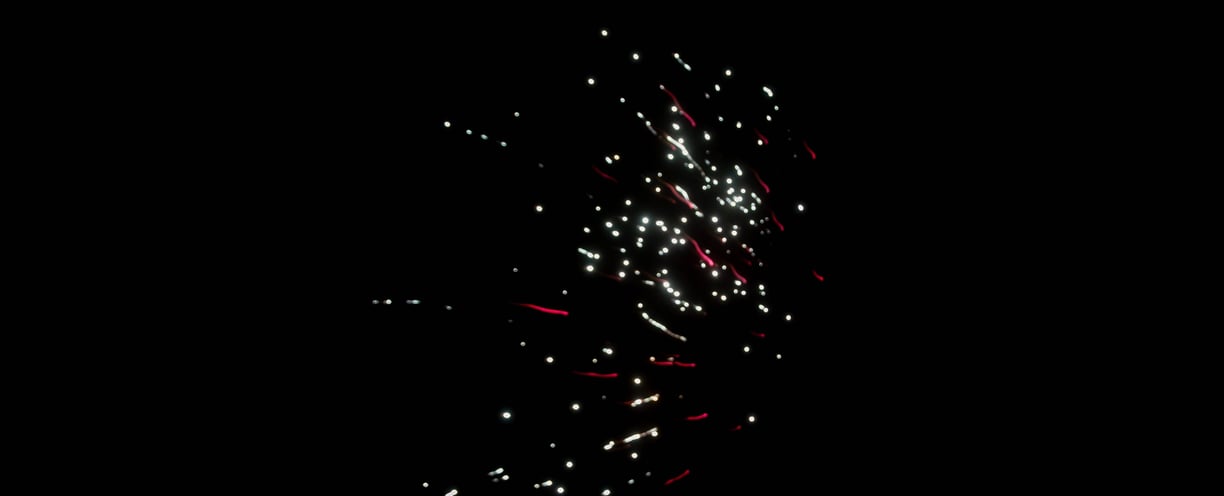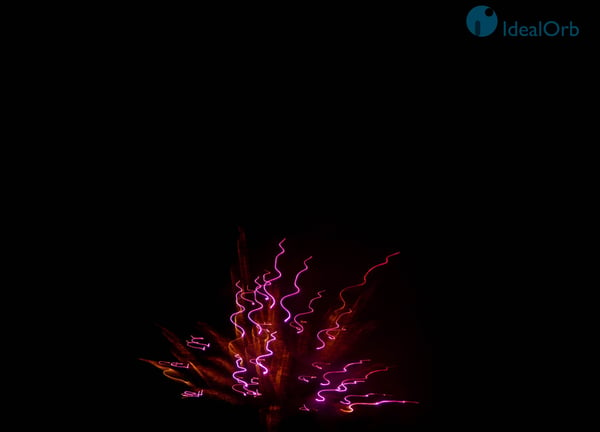Night Photography 101 : Beginner's Guide
Understanding the basics for shooting amazing photos in the night.
PHOTOGRAPHY
Andy
It is astonishing how much light you can capture in a photograph during night allowing to realize some amazing photos. Practicing with Night Photography is very rewarding experience and will enable you to understand how your camera and lenses work in a setting where all the day light sources are absent.
Getting to the desired result mean striking a balance of several aspects and you might also need to come back more than once to succeed with a shot. To maximize your chances and also learnings for a good night photography shot here are two important things to consider:
Available light sources
Type of photo you wish to make
The first will allow you to understand how to expose your shot, the second will determine how you should set your camera.


Available light sources
The light source is key to any photograph. In the night when the sunlight is no longer the main source of light you need to identify which light sources will be the main ones for your scene. You should consider both the light source and how that light hits the different objects you are capturing.
Depending on the type of photo you are shooting you can consider if flash will enhance the photo or not.
Type of Photo
We can distinguish between long exposure photos and a normal/quick shutter speed photo. For taking quick shutter speed photo during night, it is easier to go with your camera handheld. As you will be seeking in a more spontaneous manner to create your shots. A quicker shutter speed, higher IISO and wider aperture could be the settings you could start working your shots.


Long exposure night photography can produce some fascinating shots. You would need to leave your shutter open for long time so the lighter will be collected in your shots. Have you ever noticed some very beautiful light trails in night background? These are typically created using this technique. Reducing the ISO will help you reduce the noise and a wider aperture will allow more light to your camera image sensor. As you will be working with a shutter being open for long time it is necessary to maintain your camera still. It could be a tripod or anything to help you stabilize your camera during the period of time where the shutter remains open. Without stabilizing your camera and use also the timer your photos will become blur as the camera tries to capture the light under such settings. Long exposure night photography is obviously a longer process comparing to a normal quick shutter speed photo.
